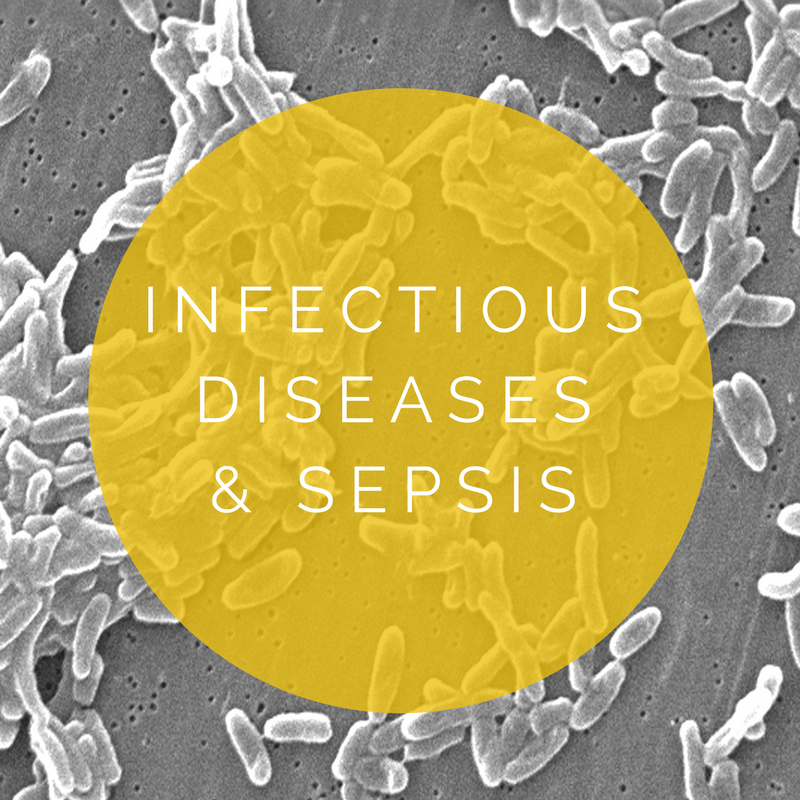Respiratory
Aims For The Week
Describe the diagnosis and management of the breathless patient
List the common causes of a cough
Describe the severity and management of acute asthma exacerbations
List the causes of cyanosis
Explain the method of ABG interpretation
Interpret Chest x-rays systematically
Discuss the more advanced bedside investigations of respiratory disorders
Explain the different oxygen delivery devices and their use
Describe the indications for commencing NIV and understand its principles
Discuss the emergency management of a tension pneumothorax
What Do We See?
Respiratory problems are common presentations to the emergency department – especially in the West of Scotland due to the prevalence of smoking. COPD, asthma and pneumonia are major causes of respiratory distress in resus. We also see plenty of trauma can which can cause pneumothoraces, haemothoraces and pulmonary contusions.
what about oxygen?
Oxygen is the most commonly used therapy for breathing problems in ED, but are you familiar with the delivery devices and the SpO2 targets you should be aiming for? We have a summary sheet on how much oxygen each delivery device provides and the British Thoracic Society have comprehensive guidelines on oxygen usage.
Feeling Blue?
A handy guide to causes of central and peripheral cyanosis. And don't forget about the old 'chewed a blue pen' chestnut!
All About Asthma
Asthma is one of those topics which every EM clinician must know about- it's an examiners dream question, and should be easy to learn, and easy to remember- checklist style and the first link is a quick summary.
FRCEM questions often ask about grading severity, and the guidelines for asthma treatment in both adults and children, all of which is covered in the BTS guideline (for acute management, scroll to page 17-18).
And a handy breakdown of drug treatment and side effects......
Blood Gas Interpretation
The stuff that medical student nightmares are made of? A structured approach helps to break it down.
Here are some examples of acid base disorders, and some handy mnemonics which should be part of your repertoire- if you've never heard of MUDPILES then stop right here!
Pulmonary Thromboembolism
You know what else FRCEM examiners love.....? A scoring system. Here is a handy guide to WELLS and GENEVA scoring for PTE with explanations and a bit of PERC too!
And how to diagnose massive PTE in the haemodynamically unstable patient, including echo changes of right heart strain.
Chest Drains
Chest drain placement is an important skill for the emergency medicine practitioner as you will encounter pneumothoraces and haemothoraces.
Here is a great guide from RCEM on how to perform chest drain insertion. Our own step by step Skills & Drills guide to chest drain aspiration is fab too!
We don't often perform needle decompression anymore, however the technique can be life saving, and is still used in the pre-hospital environment, so it is useful to know the landmarks and technique. Swot up with our quick guide.
Remember that this approach may not work in up to 50% of patients, due to body habitus or pectoral muscles among other reasons. In these cases a 5th intercostal space mid -axillary line technique may be preferable. In traumatic cardiac arrest, current practice is to proceed directly to finger thoracostomy.
CXR Interpretation
After the history and ABCDE management, CXR is often the first investigation we perform in patients with a breathing problem. Review this guide to CXR interpretation to ensure you follow a thorough approach in order to prevent missing important pathology.
Is it fluid overload or pneumonia? It's often difficult to tell, even for experienced clinicians, but this guide to the identifying features of pulmonary oedema on CXR might help!
Here are some CXR examples with short cases descriptions to help you practice CXR interpretation- often a much loved question in the FRCEM exam!
Chest Ultrasound
Ultrasound is an imaging modality that is becoming increasingly widespread, and thoracic ultrasound is no exception.
Pocus 101 have a great in depth guide that demonstrates thoracic ultrasound.
If you are interested in thoracic ultrasound scanning then this video by Bob Jarman provides an in depth overview.
Non-Invasive Ventilation
Bread and butter for EM docs and nurses- we should all know the indications, how to fit the mask, set up the equipment and how to adjust the settings. Don't leave it to the nursing staff to do every time- practice doing this before the time comes when you have to do it in an emergency and you cant remember how to attach the tubing pieces together! Trust me, this has been me! Check out our Skills & Drills section for all things practical- step by step guides to how to do this. Every department has different equipment though, so familiarize yourself with your own!
























